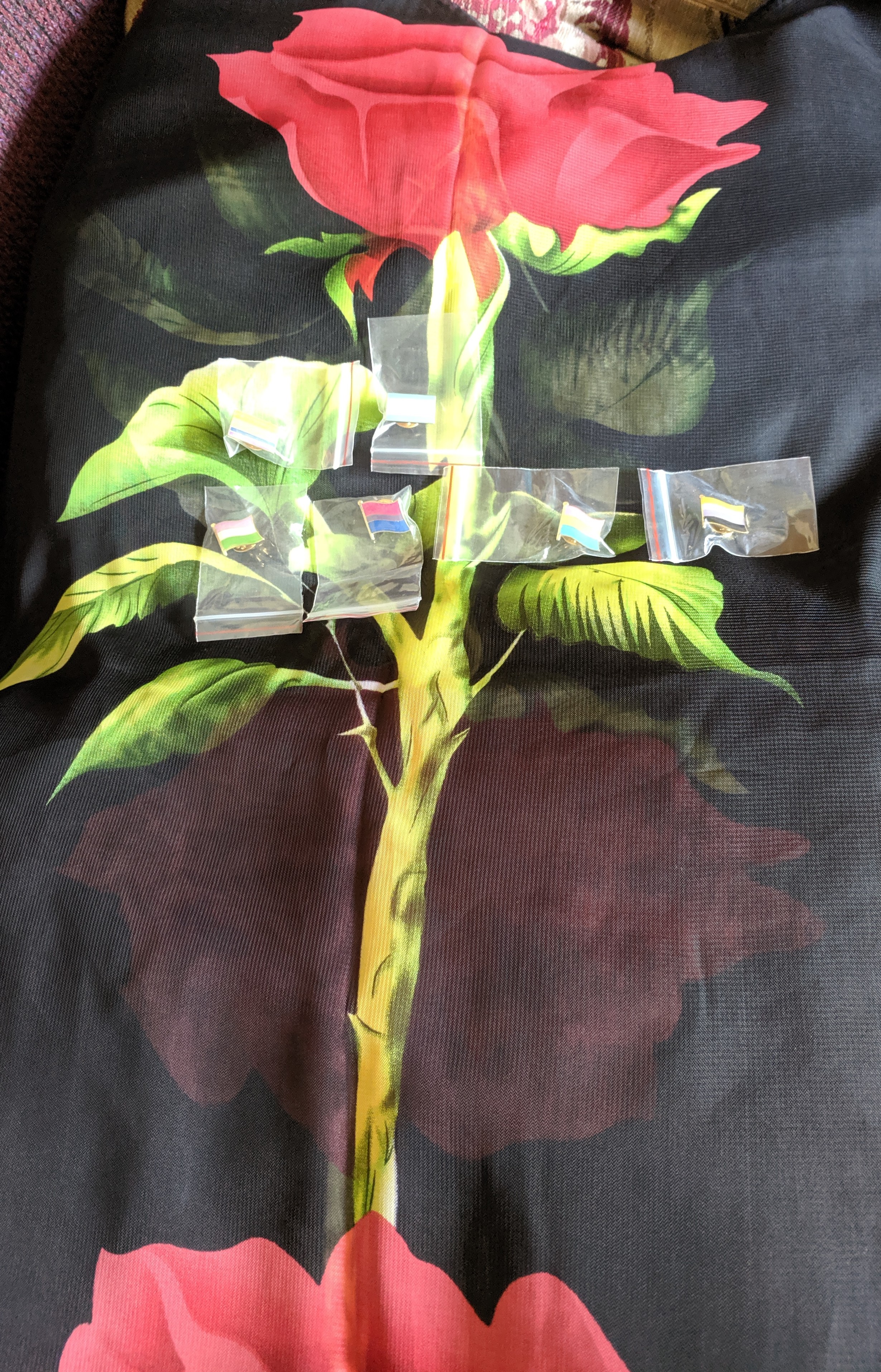~
~
~
~
~
~
~
I was 19 when I had my first psych admission. I'd been struggling with suicidal thoughts for years, and already had tried three times before I woke up on the morning that would see a radical shift in my life
In many ways it is hard to talk about suicide. For me that difficulty is not on a personal level— I’ve long since grown to accept what I’ve lived with and still live with to this day—but there is still a stigma within society when it comes down to talking about the extremis that so many people face, all too often when they are alone, scared, lost, and have nowhere to turn
When you are outside of it, when you don’t have a personal experience of deliberately ending your own life, then it’s all too easy to fall back on your own personal reaction to the news—“Oh, that’s so selfish”, “Why didn’t they think of their loved ones”, “It’s a cry for help”—rather than placing yourself in the shoes of the person who has tried to, or indeed did, take their own life
In a way that is understandable. I still remember being 14 and that first time. I remember being so alone, and so scared, so completely lost. I remember the need for the pain to stop, the only coherent thought left to me being that I wanted to die. And yet it was still a fight—a hard fight—to get past that most basic of instincts that we have that drives us to live. If you’ve never faced that point, if you’ve never faced face-on your most basic instinct to live and had that instinct overcome by the dread and hopelessness that is now your life, then being able to instinctively empathise with a person who is in that position would be all but impossible

There are no simple answers for this. The reasons why a person may seek to take their own life are often multi-faceted. It often isn’t as simple as a single trigger, a single life event that can be understood and tackled. Suicide is the end of a long, brutal path—a complex mix of events and struggles, of defeats and even victories
At every step along that path provisions and services must be made available for that person to access—help that can, perhaps, take them down a different path as the complex reasons why a person may seek to take their own life is met with interwoven layers of information, support, care, and therapies
Something must be done. Although, of course, it isn’t something—it is many things that must be done
Discrimination, harassment, lack of timely access to healthcare, social isolation, and family rejection, can all or in part be partly responsible for what leads to 1 in 2 young LGBTQ+ people self-harming, and 44% to consider suicide. This is also true of young trans people, where the same factors mean that more than 1 in 4 young trans people have or will try to kill themselves, where nearly three quarters of young trans people self-harm at least once, and where 9 in 10 young trans people consider taking their own lives.
Tackling these issues, putting into place measures that actively work to take these issues out of the lives of young LGBTQ+ people has been shown to reduce rates of self-harm and suicide to that of their straight and/or cisgender peers. Yet, as laudable as that is it is not enough to then sit back and say “job done”, because all the issues that can result in young cis and straight people self-harming or seeking to take their own lives must also be tackled
It is very easy for candidates and campaigns, politicians and governments, to offer slogans and seemingly simple and easy solutions. But the reality is that tackling the issues around suicide requries a multi-disciplinary approach
More and better access to timely mental health therapies and talking treatments are needed
More and better access to crisis and acute mental health services are needed
More and better community care is needed
But also inclusive LGBTQ+ education is needed
Education that teaches young people that there is somewhere or someone they can always turn to for confidential support and advice on anything that may be part of their lives, whether that is violence within their families or struggling to find money to take part in school activities
Education that teaches that it is fine to talk about struggling with mental health issues, that it is fine to be open about such things if you wish to be, but also education that teaches that stigmatising language around mental health issues is no more acceptable than racist or homophobic language
And this is only part of what is needed to help tackle the underlying causes that can lead to self-harm and suicide
I am 44
I remember what it was like to be 14 and taking a blade to my wrists
I remember what it was like to be 16 and trying to OD
I remember what it was like to be 18 and trying to OD once more
I remember what it was like to wake up one morning in May when I was 19 and have, for the first time in my life, access to professional care that would listen and know what to do when I told them that I woke up determined to die
It shouldn’t have taken until I was 19. It shouldn’t take anyone until they are 19 to be able to access help if they need it
Nobody should be alone, scared, lost, and so trapped they can only escape through death
Nobody